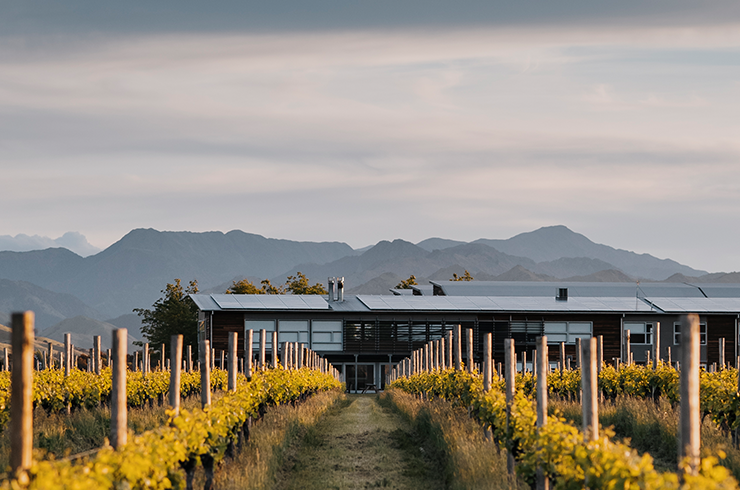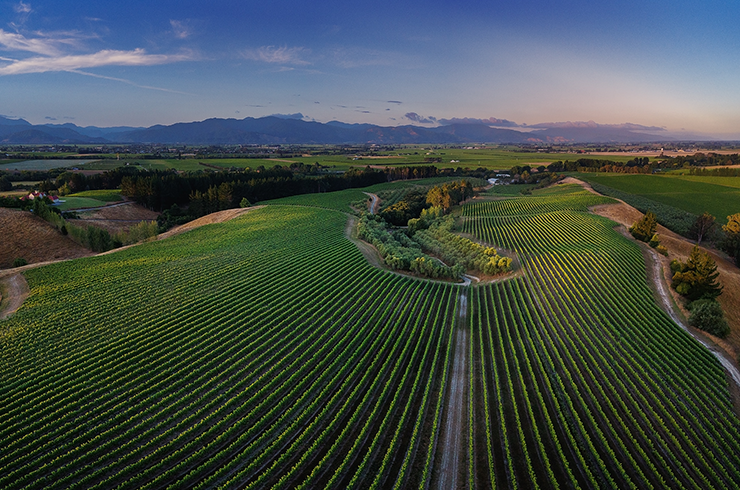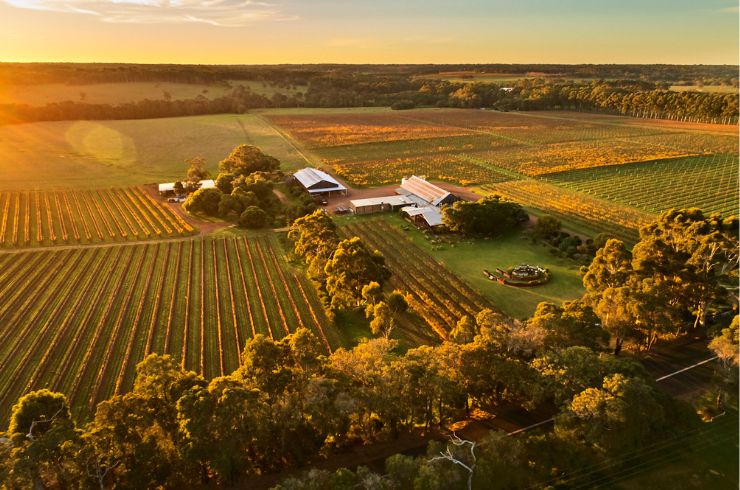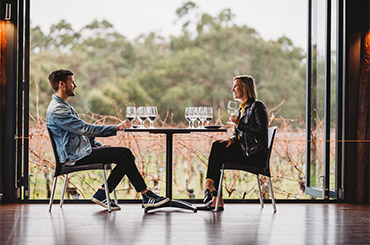Cellaring wine can be a difficult undertaking for modern drinkers, with the issues of space, know-how and patience some of the barriers. That’s why wineries, with their facilities explicitly designed for the task of storing wine, are an excellent resource for those wanting to understand and appreciate older styles.
When searching for aged wines to try, Western Australia is a great place to look. The balance and fruit purity of Margaret River cabernet sauvignon and the searing acidity of Great Southern riesling respond positively to cellaring. It’s smart, then, that Howard Park Wines, understanding that potential, has been putting aside a quantity of its core range made from these regions and varieties since the start. Now, it houses one of the largest and most diverse collections of museum wines on the west coast.
“With cabernet sauvignon and riesling being the first varieties we made at Howard Park back in 1986, as well as classic collector wines that go through distinct stages of development, we thought rather than release a few, it would be interesting to offer a wider selection,” says Howard Park wine club manager David Stredwick.
Another benefit of trying museum release wines such as these is that it can help you to realise your palate preferences sooner rather than later. Imagine putting down an expensive bottle of wine and waiting 10 years to pull it out for a special occasion, only to find you don’t really like how it has developed over time? “It’s a good opportunity for people to decide what characters they like. Looking at older wines will help them to understand the flavour profiles at different stages and determine whether they want to keep wines for 10 or 20 years, or whether they prefer wine young and fresh,” David says.
Access to 30-odd years of WA riesling and cabernet is a rare treat for Howard Park Wine Club members to take advantage of, and visitors to the Margaret River cellar door can experience them as well. “We’re pouring flights of six vintages for interested guests, starting with riesling and moving into cabernet for the cooler months. Down the track, we’ll also be offering aged tastings of other key varieties such as chardonnay,” says cellar door manager Emily Bromell.
You can cellar riesling for two decades or more to see an exciting but gradual change in the flavour profile of the wine. Over the first 10 years, you’ll see subtle secondary characteristics. After that, the wine will enter a phase where the mature characters become more obvious, changing from fresh to cooked citrus and toasty notes. The colour also deepens, and the texture of the palate becomes fuller and richer.
Top vintages: 1997 / 2004 / 2005 / 2009 / 2010
Abercrombie Cabernet Sauvignon
Cabernet has a lifespan of two or three decades. When young, it doesn’t give as much away because of its structure and tannin profile – you’ll see its depth of flavour, but there’s a fullness and majesty that only comes with age. Over time, the flavours will emerge and change, softening the mouthfeel and adding savoury elements, while retaining the fruit purity that’s typical of Western Australian cabernet.
Top vintages: 1999 / 2004 / 2009 / 2011 / 2012
Visit the Howard Park cellar door or join the Wine Club to access these back-vintages.
This article was produced by Halliday Wine Companion in partnership with Howard Park Wines.





